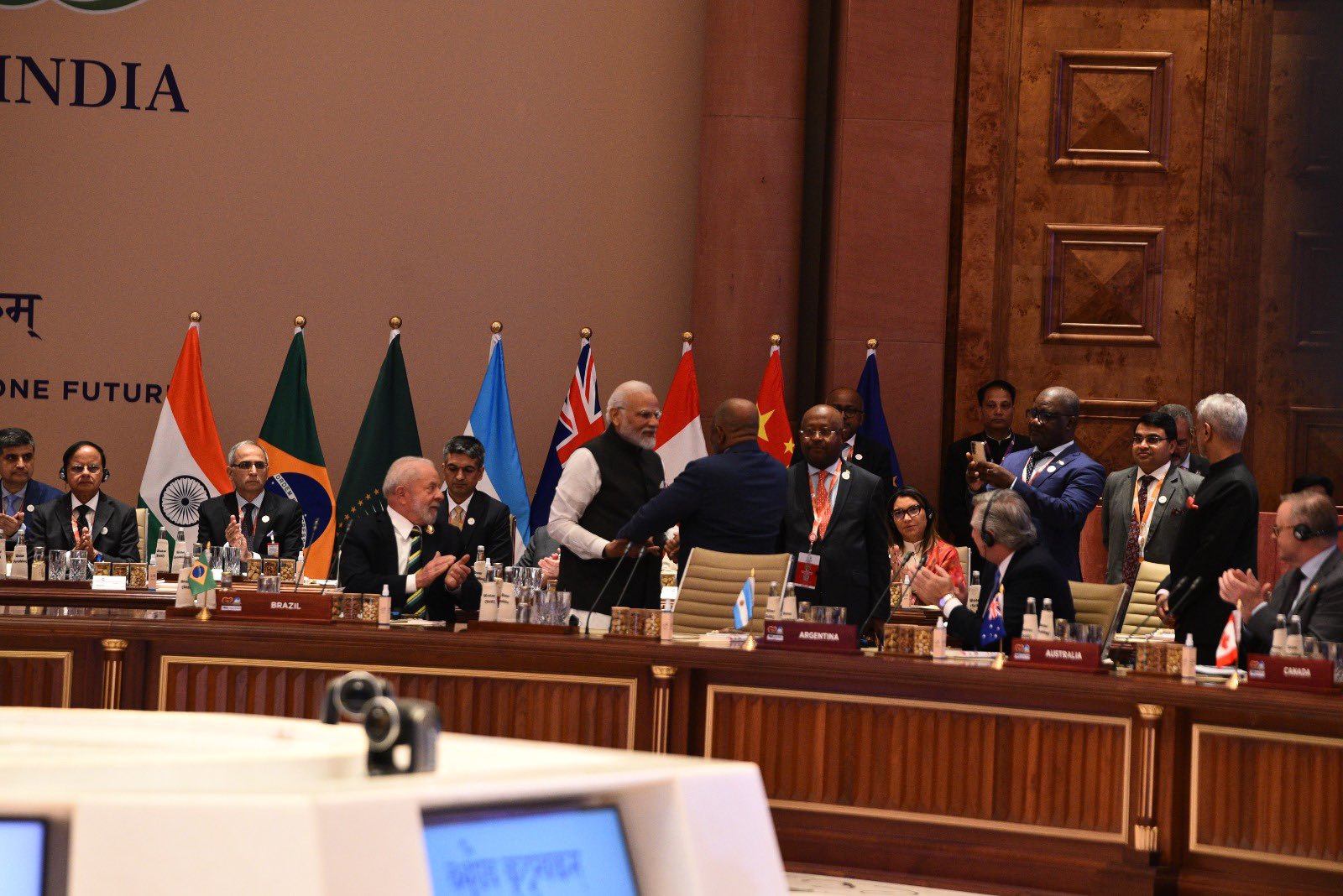
Modi’s Personal Brand and the G20 Summit: Reshaping Brand India on the Global Stage
In the annals of India’s post-independence history, no Prime Minister has left an indelible mark on the nation’s global image quite like Narendra Modi. His leadership has not only elevated India’s position on the world stage but has also revitalized the personal brand of every Indian citizen. As we explore the impact of the G20 Summit in India under Modi’s leadership, it becomes evident that this transformative event is changing India’s image and identity.
Narendra Modi’s personal brand has transcended political boundaries and become synonymous with dynamic leadership and transformative governance. His unique approach to personal branding, characterized by a charismatic presence, an unwavering commitment to development, and a strong focus on communication, has not only elevated his own profile but has also rejuvenated India’s image on the global stage. Through effective use of social media, carefully curated messaging, and a strong emphasis on national pride, Modi has crafted a personal brand that resonates with millions, not just as a political leader but as a symbol of hope, progress, and visionary leadership. His ability to connect with the masses and convey a sense of unwavering dedication to the nation has played a pivotal role in redefining the concept of personal branding in the realm of global politics.
Rebranding India at the G20 Summit
The G20 Summit, often seen as a forum for economic discussions, has taken on a new dimension under India’s presidency. Traditionally, visits by foreign dignitaries were limited to the iconic Taj Mahal in Agra and the bustling capital, Delhi. However, this year’s G20 Summit broke free from convention by extending its reach to nearly 50 cities and 32 working streams across the nation. This move has allowed India to spotlight its cultural diversity and regional richness and perfect its brand image on the world stage.
Although it is not yet official, it appears that India is considering renaming itself as “Bharat”. This potential decision resonates deeply with the nation’s rich cultural heritage and brand, as the name “Bharat” beautifully encapsulates India’s timeless traditions, diversity, and the spirit of unity in diversity. This symbolic change reflects the nation’s commitment to embracing its roots and projecting a more authentic and holistic image on the global stage, aligning perfectly with the goals of the G20 Summit and India’s evolving brand identity.
One Earth, One Family, One Future: India’s Global Vision
Under India’s presidency, the G20 Summit embraced the theme “Vasudhaiva Kutumbakam,” translating to “One Earth, One Family, One Future.” This theme epitomizes India’s commitment to addressing global challenges collectively and effectively, advocating unity in diversity.
The Think20 Summit: India’s Call for Change
On August 3, 2023, External Affairs Minister S. Jaishankar addressed the G20’s Think20 Summit in Mysuru, Karnataka. He emphasized India’s ability to capitalize on the G20 platform, showcasing real change in action and making the world more receptive to India’s global leadership. Jaishankar also highlighted the interconnected nature of global issues and the need for adaptability in addressing them.
A Decisive Agenda: Modi’s Vision for India
Prime Minister Modi declared that India’s G20 agenda would be inclusive, ambitious, action-oriented, and decisive. As India assumed G20 presidency on December 1, 2022, PM Modi assured world leaders of India’s commitment to inclusive, strong, and action-oriented policies.
Six key priorities underpinned this commitment:
- Green Development, Climate Finance, and LiFE (Lifestyle for Environment): A behaviour-based movement inspired by India’s rich sustainable traditions, promoting environmentally conscious practices.
- Accelerated, Resilient, and Inclusive Growth
- Accelerating Progress on Sustainable Development Goals
- Technological Transformation and Digital Public Infrastructure
- Multilateral Institutions for the 21st Century
- Women-led Development
Showcasing India’s Beauty and Heritage
Throughout the year, India hosted meetings and events in diverse locations, from Kashmir to Kanya Kumari, celebrating the nation’s beauty and cultural heritage. Events like Nagaland’s Hornbill Festival highlighted India’s cultural richness.
A Different Light: Discovering the ‘Real India’
The G20 Summit provided the world with a unique perspective of India, showcasing its strengths and glory in various ways. Meetings in heritage cities, defense expositions in smaller towns, and military commanders’ conferences in different states allowed the world to glimpse the ‘real India’ from a different light.
Connecting with the Masses: The ‘Selfie Campaign’
India initiated a ‘selfie campaign,’ encouraging citizens to take selfies with monuments illuminated with G20 themes, including UNESCO heritage sites. These initiatives fostered a sense of connection between the masses and the government’s diplomatic vision and celebrated India’s rich cultural heritage.
Under the leadership of Prime Minister Narendra Modi, India’s participation in the G20 Summit has been transformational. Beyond the economic discussions, India’s brand image has changed profoundly, symbolizing a new India rising on the global stage. This branding effort spotlights India’s remarkable growth and positions it as a “Vishwa Guru” or “Global Leader.” As India hosts the summit for the world’s largest economies, it showcases itself as a dynamic, forward-looking nation, setting a new benchmark for global leadership.

Comments are closed.